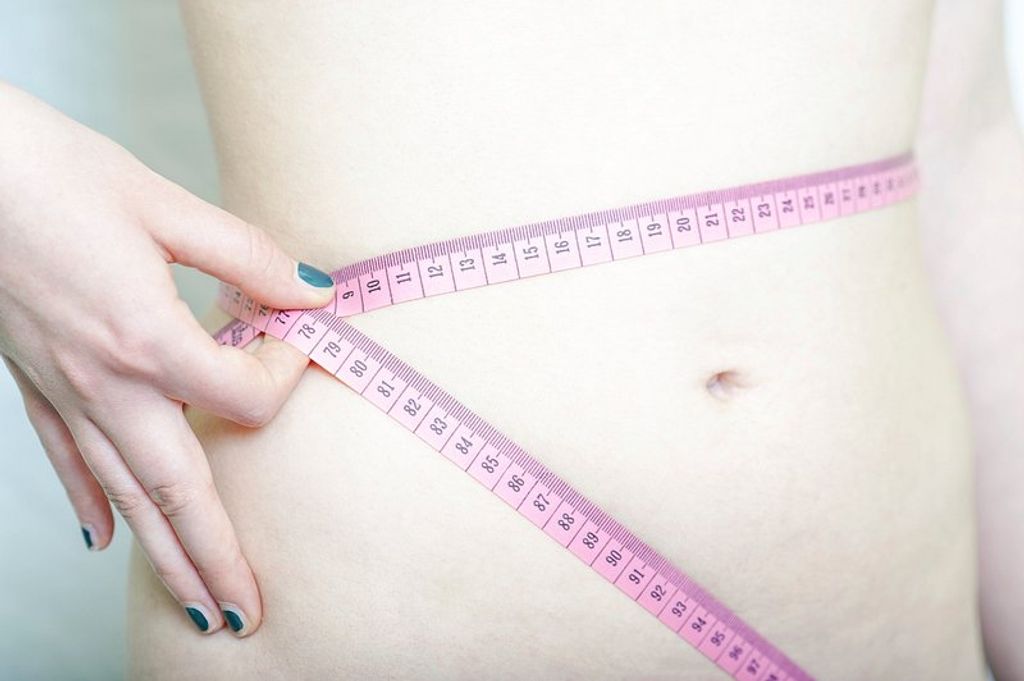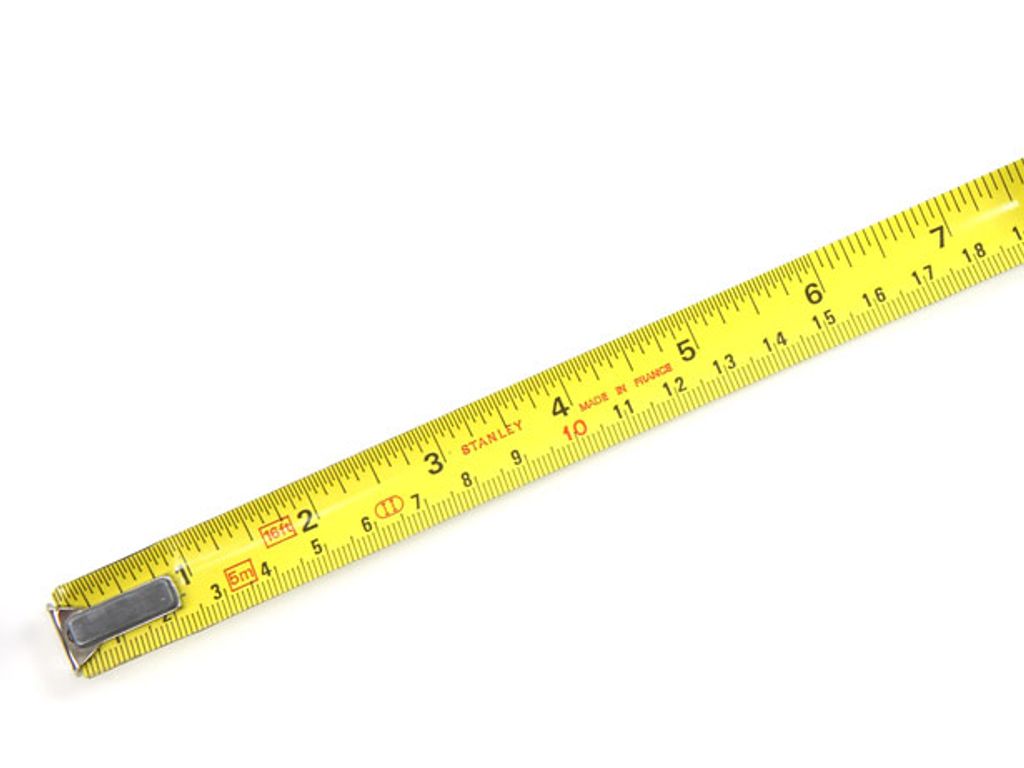
Finding the Perfect Yoga Mat Size for Comfortable Practice
When it comes to practicing yoga, the size of your yoga mat can greatly impact your comfort and overall experience. Understanding the different dimensions, thickness, and portability options can help you find the perfect yoga mat size for your practice. In this article, we will explore the key factors to consider when choosing a yoga mat size that suits your needs.
Key Takeaways
- Standard yoga mat dimensions provide a baseline for choosing the right size.
- Consider factors such as your height, width, and comfort preferences for a comfortable practice.
- Choosing the right thickness can provide cushioning and support for your joints and body.
- Evaluate the portability and storage options to ensure convenience in transporting and storing your yoga mat.
- Finding the perfect yoga mat size contributes to a more enjoyable and effective yoga practice.
Understanding Yoga Mat Sizes
Standard Yoga Mat Dimensions
When embarking on your yoga journey, the size of your yoga mat is a fundamental aspect to consider for ensuring a comfortable practice. The most common dimensions for yoga mats cater to the average-sized individual, providing ample space for a variety of poses without taking up excessive room.
Standard yoga mat sizes typically measure:
| Length (inches) | Width (inches) | Length (cm) | Width (cm) |
|---|---|---|---|
| 68 | 24 | 173 | 61 |
These dimensions are considered the industry standard, striking a balance between personal space and practicality. However, it's important to remember that comfort is subjective, and what works for one person may not suit another.
Tip: While the standard size is a great starting point, always consider your height and the types of yoga you'll be practicing when choosing a mat. Personal preference plays a crucial role in finding the perfect fit.
Factors to Consider for Comfort
When selecting a yoga mat, comfort should be a top priority. The size of the mat can greatly influence your practice, as a mat that's too small can restrict movement, while one that's too large may be cumbersome. Here are some key factors to consider:
- Body size and shape: Ensure the mat accommodates your height and body type, allowing for a full range of motion.
- Practice style: Different yoga styles require different amounts of space. Dynamic practices may need larger mats.
- Personal space preference: Some practitioners prefer extra space around them for comfort and to define their personal area.
Tip: Always test the mat by performing a few poses to gauge comfort and space adequacy.
Choosing the right size is about finding a balance between personal comfort and the practical aspects of your yoga practice. Remember, a mat that feels right can enhance your focus and overall experience.
Choosing the Right Thickness
When choosing the right thickness for your yoga mat, consider the type of practice you engage in. Comfort is key, so a thicker mat may be more suitable for restorative or gentle yoga, while a thinner mat offers better stability for balance-focused practices. Additionally, keep in mind the impact on portability and storage. Here's a quick comparison of standard yoga mat thicknesses:
| Thickness (mm) | Ideal Practice |
|---|---|
| 3-4 | Restorative, Gentle Yoga |
| 5-6 | Hatha, Vinyasa |
| 7-8 | Power, Hot Yoga |
Remember, the right thickness can enhance your practice and provide the support you need for a comfortable experience.
Evaluating Portability and Storage
When considering the portability of a yoga mat, it's important to keep in mind the weight and size. A lightweight and compact mat can be more convenient for travel and storage. Additionally, durability is crucial for long-term use, so it's wise to balance portability with quality.
For a quick comparison of portability and storage features, refer to the table below:
| Feature | Description |
|---|---|
| Weight | Light, Medium, Heavy |
| Size | Compact, Standard, Oversized |
| Storage Options | Roll-up, Foldable, Hanging |
Lastly, remember that the ideal yoga mat size for portability and storage depends on your personal preferences and lifestyle. Keep in mind the balance between comfort and convenience when making your decision.
Conclusion
In conclusion, finding the perfect yoga mat size is essential for a comfortable practice. By considering the dimensions, thickness, and material of the mat, practitioners can ensure an enjoyable and supportive yoga experience. Remember, the right yoga mat size can make a significant difference in your practice.
Frequently Asked Questions
What are the standard dimensions of a yoga mat?
Standard yoga mats are typically 68 inches long and 24 inches wide.
How do I choose the right thickness for a yoga mat?
The right thickness depends on your comfort level and the type of yoga you practice. Thicker mats provide more cushioning, while thinner mats offer more stability and balance.
What factors should I consider for a comfortable yoga mat?
Consider the material, texture, and grip of the mat. These factors contribute to comfort and stability during practice.
Is a thicker yoga mat better for joint support?
Yes, thicker mats provide better support for joints and are ideal for individuals with joint pain or discomfort.
How do I evaluate the portability of a yoga mat?
Look for lightweight and easy-to-roll mats that are convenient to carry to and from your yoga sessions.
What is the best way to store a yoga mat?
To prolong the life of your yoga mat, store it in a cool, dry place away from direct sunlight and moisture.


